Hexagonal Thinking Actvities
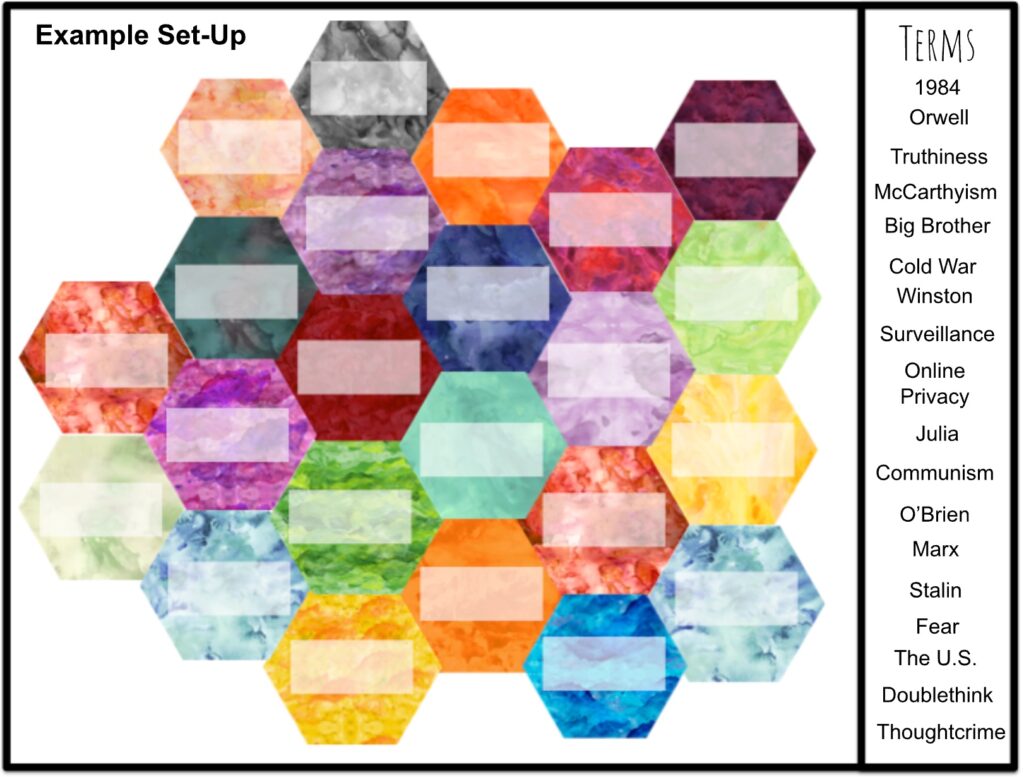
Hexagonal thinking is a simple method that yields big critical thinking results. Kids take a set of hexagons with varied terms, concepts, themes, real-world connections, etc. that relate to your current unit of study, and then link them together into an interconnected web. In pairs, groups, or even alone, they must use their critical thinking skills to decide which hexagons link best to which others.
Icebreakers & Community Builders
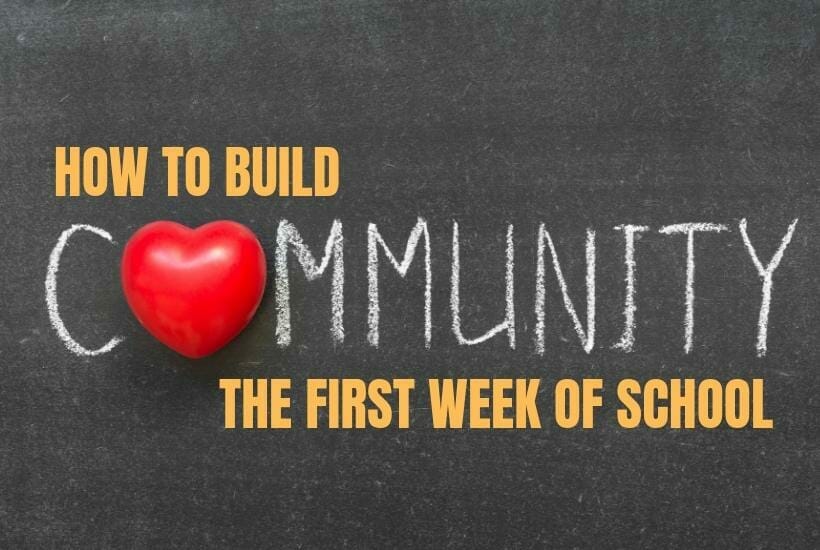
Taking time to build community, nurture relationships, and support students’ social-emotional needs first will lay the essential foundation you need to be successful with academic content throughout the year.
Iron Chef EduProtocol

The Iron Chef EduProtocol, modeled after the Iron Chef Cooking show, is a modernized version of the jigsaw. Students work in small groups to read, synthesize create, and present to their peers.
Cyber Sandwich EduProtocol
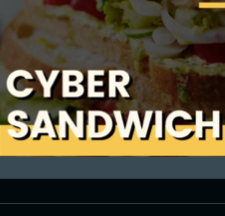
The Cyber Sandwich EduProtocol is a lesson frame in which students work in pairs or small groups to create a collaborative Venn Diagram. They record notes, compare and contrast topics, and summarize what they have read in this structured think-pair-share activity.
Make it Stick
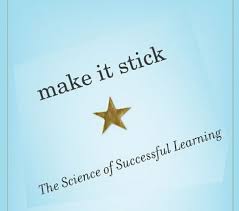
Procrastinate – Cram – Test – Forget. This is how most kids get through school. They may pass the class, but they don’t necessarily learn the material, much less remember it for any length of time. What if we could design our instruction so that the learning really stuck, so they remembered our content for years rather than just for long enough to pass the test? There is a way and it’s so simple. In this resource, you will learn how working memory and long-term memory function and how you can use the strategies of retrieval practice, spacing, interleaving, and feedback to help kids retain the content you are working so hard to teach.
Turn & Talk Sentence Frames
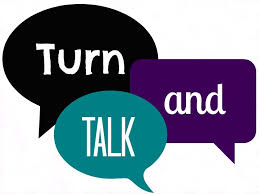
Every 12-15 minutes, students should be given a short amount of time to consolidate their learning. Here are four examples of conversation prompts teachers can give to help them do that.
Value Lines – Where do I Stand?

This strategy is a blend of Bend the Line and Philosophical Chairs that has been adapted to promote team building and exploration of the deeper reasoning underlying diverse views. Students are given a provocative statement or claim and must decide to what degree they agree or disagree with it…
Forced Choice Partners (Would You Rather…?)
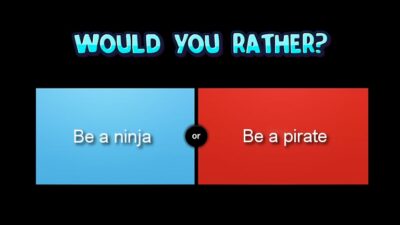
This activity can be used as an icebreaker or as a way to move students into pairs or small groups for content-related discussion. The teacher asks (or projects) a question on a light or funny topic that forces students to select one of two options…
List, Group, Label
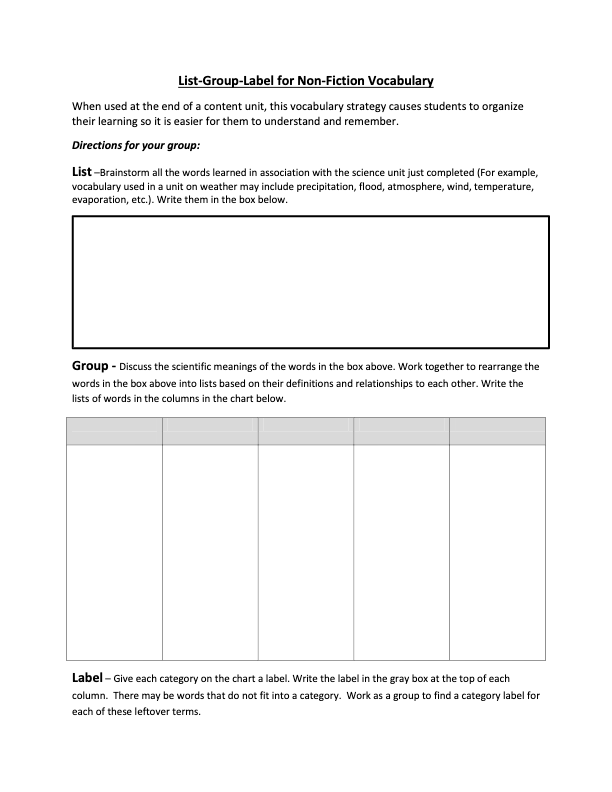
List, Group, Label is an excellent way to have students collaboratively “spill their brains” onto a sheet of paper at the end of a multi-lesson unit. We’ve modified it here so that it embeds the first step of the Ripple, by asking students to brainstorm on their own first.
1, 2, 3 O’Clock
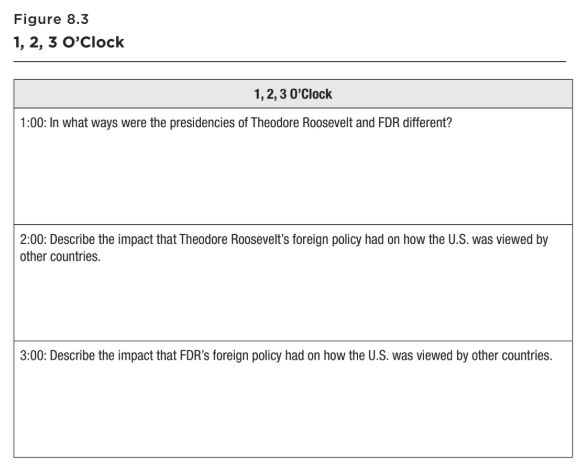
This wrap-up technique allows you to quickly review three important questions by having students respond to and discuss them with a designated classmate. It can be modified to include more or fewer questions, depending on the amount of time you have.
One Word Summary

One-Word Summaries to allow students to summarize the essence of the content presented that day using just one word. The teacher then circulates around the room asking for explanations or clarifications. This activity is versatile, brief, and can be used without much planning.
Confer, Compare, and Clarify
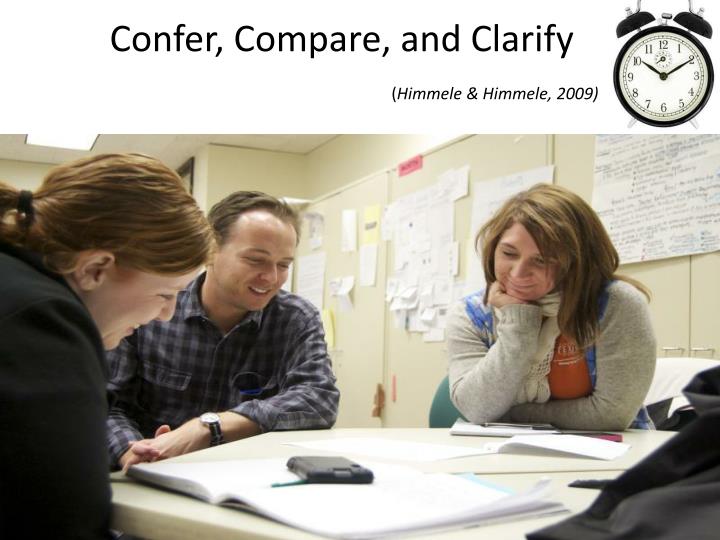
This activity allows students to read each other’s notes, make comparisons, and add their own notes. This gives them the opportunity to pick up tips by seeing how their peers take notes. It also allows them time to reflect on the content, compare understandings with their peers, and ask questions that can be the difference between comprehensions and lack of comprehension.
The Ripple
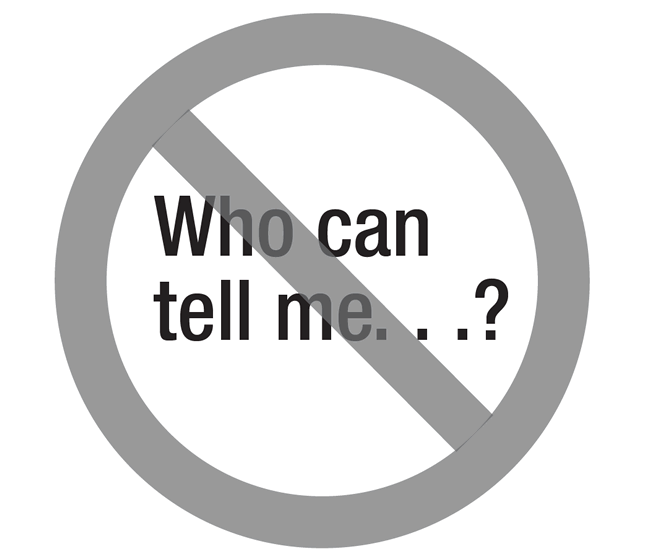
In the traditional question-and-answer approach, a teacher poses a question to the class as a whole and a small handful of eager students respond while everyone else remain disengaged. In this “beach ball scenario”, the teacher doesn’t get an accurate assessment of what the others are thinking or what they have learned until it is too late. Calling on an individual student should be a teacher’s last resort when it comes to classroom discussion.
Bounce Cards
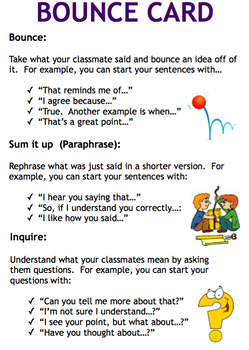
Bounce cards are a way to help students who struggle to get academic conversations started. They give students, especially those who are more reserved, something to say.
Appointment Agendas
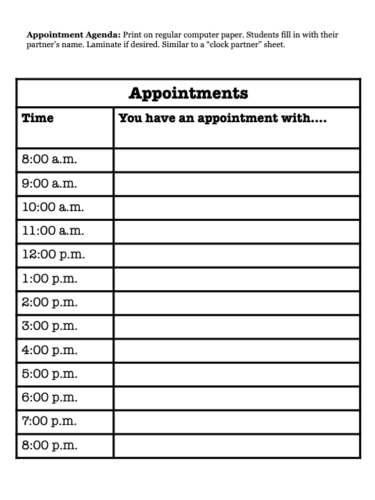
This is a fun way to get students out of their seats and interacting with others throughout the classroom. Students create appointments with peers by writing each other’s names in a specific time slot. When the teacher selects a time, students meet up with the person indicated on their appointment schedule.
Categorizing & Sorting
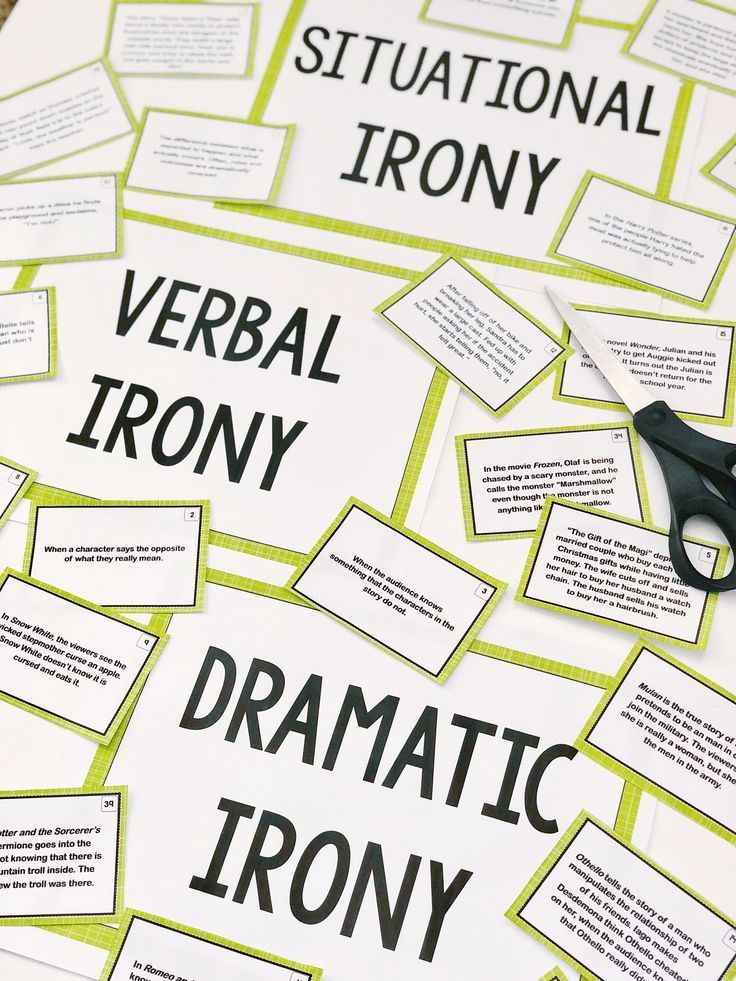
Categorizing and sorting can be used to help students understand a wide variety of unique characteristics and concepts. This interaction provides students with opportunities to see how items can sometimes be sorted in different ways and still be correct.
Networking Sessions
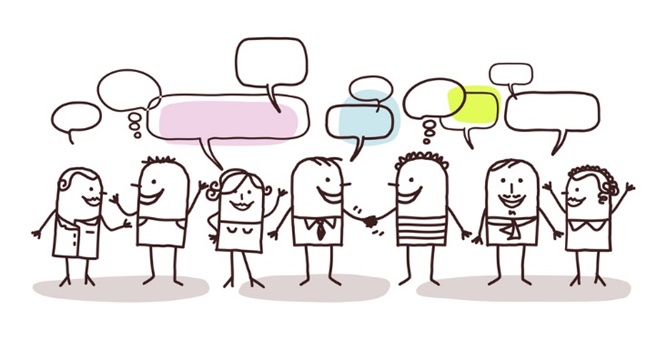
A Networking Session is a simple mix-it-up activity that allows students to talk to others they don’t usually talk to. It can be pre-planned or implemented on-the-spot.
Three 3’s in a Row
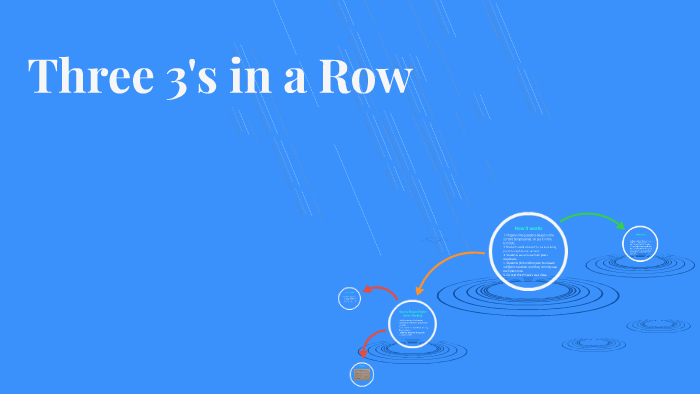
Three 3’s in a Row is like Bingo, in which students interact with peers and get peers feedback on what they should write in the boxes of their template. This activity is great for several reasons:
RallyCoach
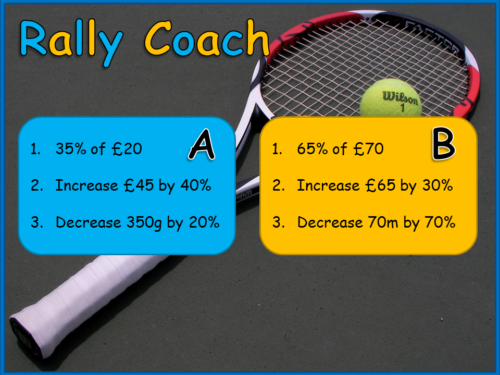
Partners take turns providing ideas/ answers or solving problems orally or in writing. Variations include Rally Table and Rally Coach.
Stand Up – Hand Up – Pair Up

Students stand up, put their hands up, and quickly find a partner with whom to share or discuss.
